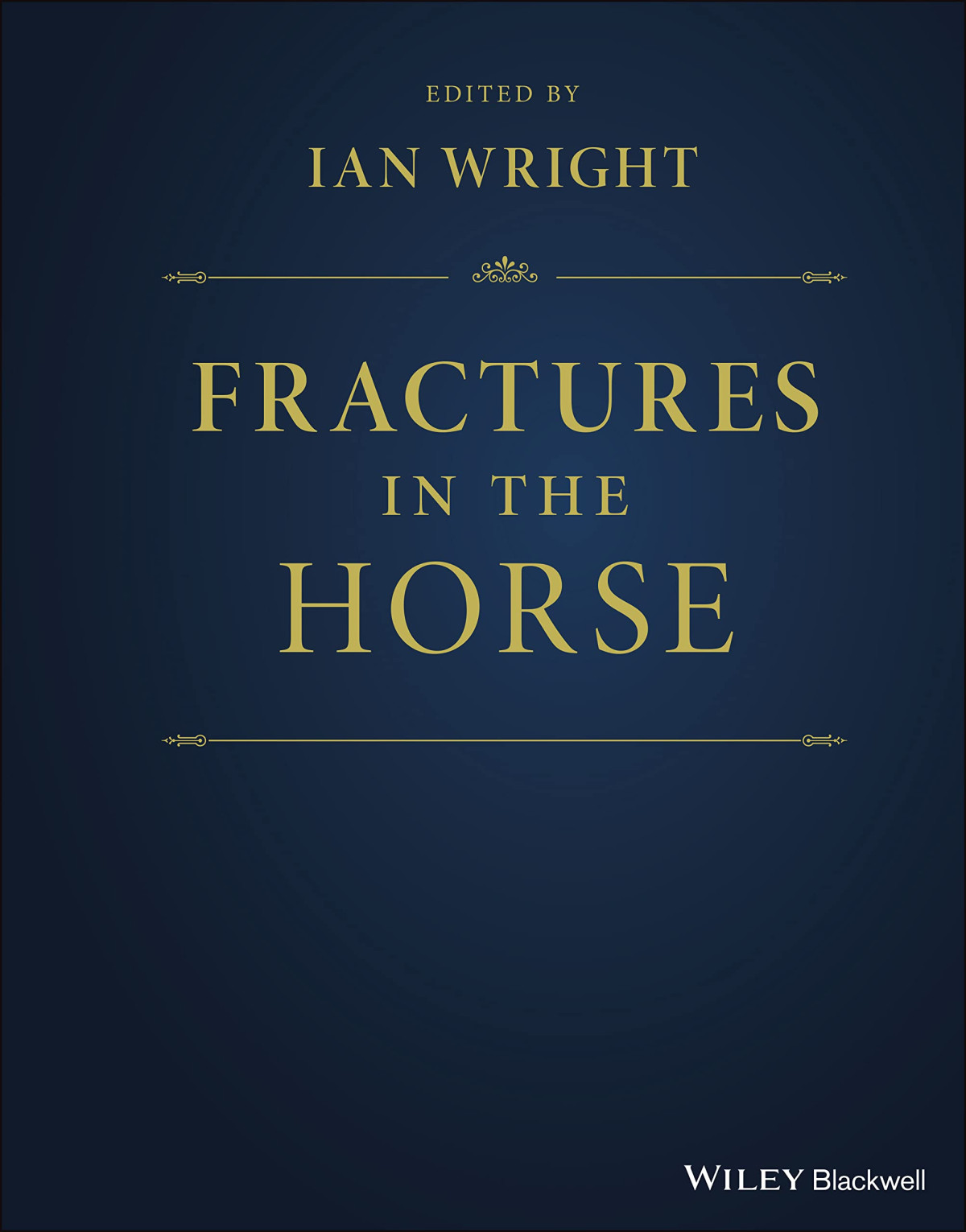

Most ebook files are in PDF format, so you can easily read them using various software such as Foxit Reader or directly on the Google Chrome browser.
Some ebook files are released by publishers in other formats such as .awz, .mobi, .epub, .fb2, etc. You may need to install specific software to read these formats on mobile/PC, such as Calibre.
Please read the tutorial at this link: https://ebookbell.com/faq
We offer FREE conversion to the popular formats you request; however, this may take some time. Therefore, right after payment, please email us, and we will try to provide the service as quickly as possible.
For some exceptional file formats or broken links (if any), please refrain from opening any disputes. Instead, email us first, and we will try to assist within a maximum of 6 hours.
EbookBell Team

4.3
58 reviewsFractures in the Horse is a comprehensive contemporaneous reference on the subject.
The first 15 chapters deal with principles such as:
✓ Bone structure and function, physiological aspects of adaptation, stress protection and ultrastructural morphology.
✓ The pathophysiology of fractures, including material features of bone failure, modes of fracture, loading characteristics, stress and strain.
✓ Fracture epidemiology including geographic, discipline and horse level incidence, risk factors and variants and predictability.
✓ Diagnostic imaging including radiography, ultrasonography, scintigraphy, magnetic resonance imaging, computed tomography and positron emission tomography.
✓ Acute fracture management, pre-operative planning, anaesthesia and analgesisa, standing fracture repair and management of complications.
✓ Surgical equiptment and repair techniques, external coaptation and rehabilitaion.
The following 22 chapter cover all clinically relevent fractures. Each describes the relevent anatomy, fracture types, incidence and causation, clinical features and presentation, imaging and diagnosis, acute fracture mangement, treatment options and techniques and documents available results: author’s recommendations are made throughout.
Fractures in the Horse represents a state of the art text for all involved in equine veterinary medicine. It is a manual for surgeons, diagnosticians, residents and interns. It will serve as a reference text for veterinary practitioners for managing fractures and suspected fractures in the field, advising clients and decision making. Individual chapters will also be relevent to anaesthetists, surgery and imaging personnel.